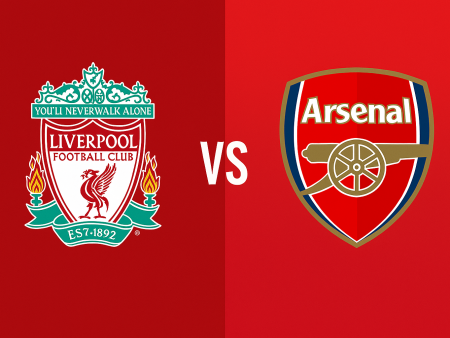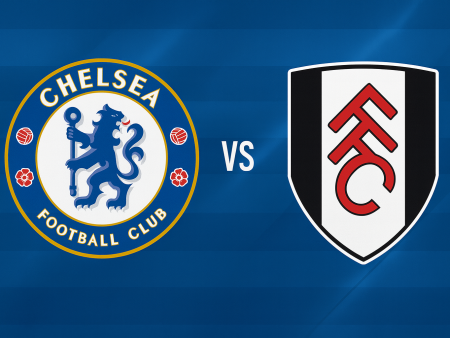Comprehensive Tactical Analysis: How Freiburg Outclassed Borussia Dortmund
Freiburg delivered a decisive performance against Borussia Dortmund during Matchday 2 of the Bundesliga, exposing tactical gaps in Marco Rose’s new regime. Despite their ambitions, Dortmund appeared disorganized and lacked fluidity, resulting in a disappointing loss. Below, we break down the tactical shifts, key systems, and the pivotal moments that led to Freiburg’s impressive victory.
Formation Battles: Structure and Setup
In this encounter, Marco Rose opted for a 4-3-1-2 shape with Dortmund, a system familiar from his past tenures in Austria and Germany. The intention was to implement pressing and ball progression principles that had succeeded at Salzburg and Borussia Mönchengladbach. However, Dortmund’s fluidity unravelled into confusion rather than adaptability. In attacking phases, their formation sometimes resembled a detached 4-1-4-1, with Mahmoud Dahoud isolated behind the midfield.
Meanwhile, Freiburg took a disciplined approach with a classic 4-4-2, toggling to a 4-2-2-2 during transitions. This compact setup allowed them to maintain defensive integrity and absorb pressure while being quick to exploit gaps on the counter.
Tactical Missteps: Dortmund’s Inefficient Attack
Although the midfield trio of Dahoud, Gio Reyna, and Jude Bellingham provided flashes of creativity-most notably Bellingham-Dortmund’s tactical design failed to maximize contributions from Donyell Malen, Erling Haaland, and Marco Reus. The attacking line operated too narrowly, making Dortmund predictable and easy to contain.
A significant error involved Haaland’s deployment closer to the wings. This allowed Freiburg’s defenders, particularly Nico Schlotterbeck and Philipp Lienhart, to track him more comfortably, neutralizing his threat. With minimal width-mainly generated by Felix Passlack-Dortmund were unable to stretch Freiburg’s defensive block, which remained compact and disciplined. This lack of variety and ineffective positional play enabled Freiburg to dictate the defensive tempo.
Dortmund’s Possession Play and Its Shortcomings
Dortmund’s preference for retaining possession was apparent, drawing comparisons to ball-dominant sides like Barcelona, Manchester City, and Bayern Munich. However, the execution proved far less effective. Instead of using possession as an attacking weapon, Dortmund’s build-up became slow and predictable, unable to break down Freiburg’s defensive lines.
The team alternated between 2-2-4-1 and 2-3-5 shapes during their buildup, with Dahoud acting as a loose pivot between the centre-backs and midfield. This sometimes created an effective outlet under Freiburg’s press, particularly when Gregor Kobel, the goalkeeper, was involved in diamond combinations. But overall, Dortmund’s passing lacked the tempo and unpredictability found in elite possession-oriented clubs. The team eschewed dribbling and individual drives-apart from efforts from Bellingham-resulting in stagnant ball movement.
Issues in Defensive Transitions
One of Dortmund’s most pressing weaknesses was their vulnerability in defensive transitions. The open structure exposed them after turnovers, with forwards like Reus and Reyna slow to recover and track back. This deficit in transition protection has become a recurring issue, exacerbated by the lack of a robust holding presence in midfield.
The absence of players like Thomas Delaney, known for shielding the defense and disrupting opposition transitions, was glaring. Integrating a double pivot or adding a more defensively oriented midfielder-such as Emre Can or Delaney-could restore balance and provide cover for box-to-box midfielders like Bellingham.
How Freiburg Exploited Dortmund’s Weaknesses
Freiburg’s game plan was to target Dortmund’s fragile right side, frequently launching quick breaks and crossing into the box. The matchup between Lucas Höler and the shorter Raphael Guerreiro epitomized this approach-culminating in Freiburg’s second goal. Christian Streich’s side also capitalized on Vincenzo Grifo’s technical edge, consistently dismantling Passlack’s defensive efforts on Dortmund’s flank.
Central defender Manuel Akanji was among the few Dortmund standouts, displaying impressive tenacity and anticipation. However, his efforts alone couldn’t compensate for systemic cracks, leading to moments of desperation and high-risk tackles.
Managerial Adjustments and Moving Forward
In response to Freiburg’s dominance, Marco Rose made a series of substitutions, bringing on players who arguably should have started the match. Donyell Malen remains a work in progress, playing as more of an individual than a cohesive team member. For future fixtures, Dortmund could benefit from deploying Julian Brandt or Reyna on the wings and restoring a defensively solid double pivot to support Dahoud and bolster the team’s overall defensive resilience.
To compete at the highest level, especially against title contenders like Bayern Munich, Rose will need to reassess his strategies and ensure his selections and tactics play to the squad’s strengths rather than exposing their most significant vulnerabilities.
Conclusion: Freiburg’s Consistency Pays Off
For the second consecutive season, Freiburg have outmaneuvered Dortmund with disciplined tactics, exposing errors in both structure and execution from the Black & Yellows. Dortmund, amid a new managerial cycle, must quickly address these frailties or risk further setbacks as the season intensifies.
For more in-depth tactical insights, explore analyses of Christian Streich’s Freiburg or previous examinations of Dortmund under different managerial regimes. Stay tuned for continuing coverage on Bundesliga tactics and football strategy.













